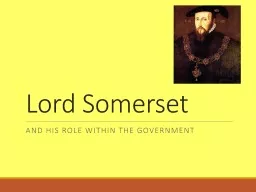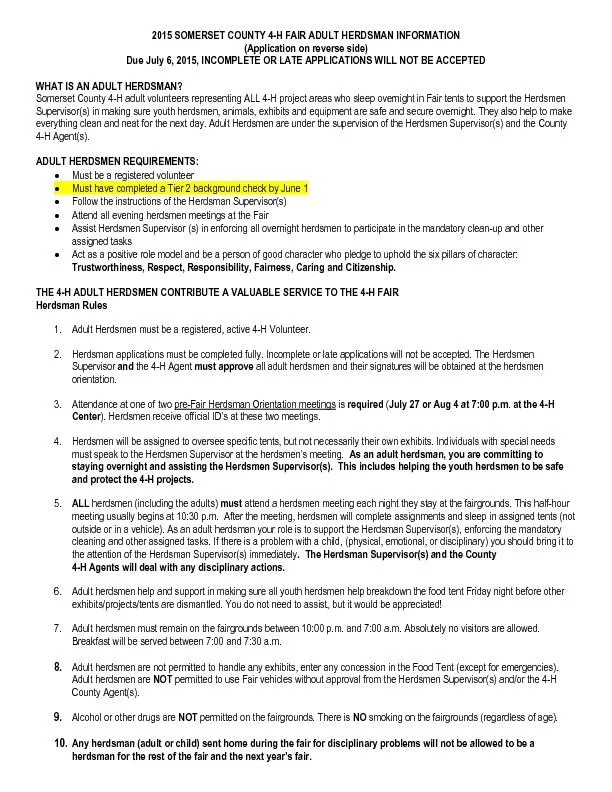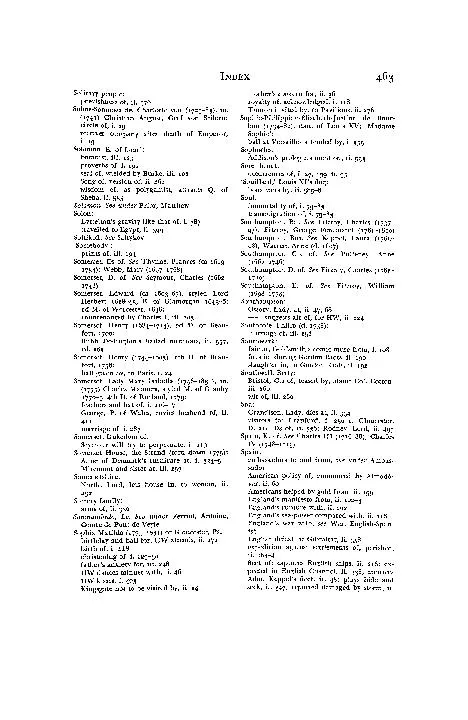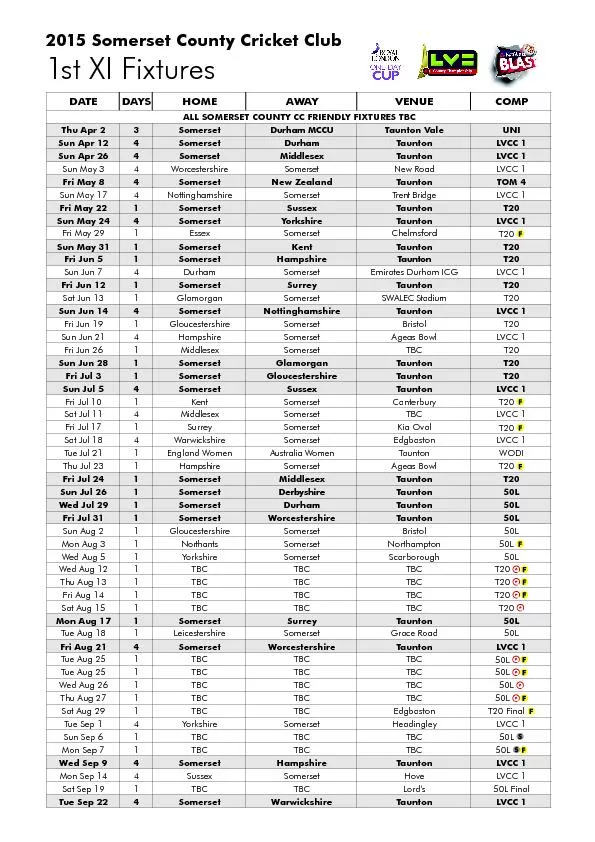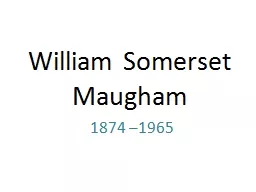PPT-Lord Somerset
Author : danika-pritchard | Published Date : 2017-09-27
And his role within the government William Paget a trusted advisor to Somerset in a letter May 1549 However it cometh to pass I cannot tell but of late your Grace
Presentation Embed Code
Download Presentation
Download Presentation The PPT/PDF document "Lord Somerset" is the property of its rightful owner. Permission is granted to download and print the materials on this website for personal, non-commercial use only, and to display it on your personal computer provided you do not modify the materials and that you retain all copyright notices contained in the materials. By downloading content from our website, you accept the terms of this agreement.
Lord Somerset: Transcript
Download Rules Of Document
"Lord Somerset"The content belongs to its owner. You may download and print it for personal use, without modification, and keep all copyright notices. By downloading, you agree to these terms.
Related Documents

